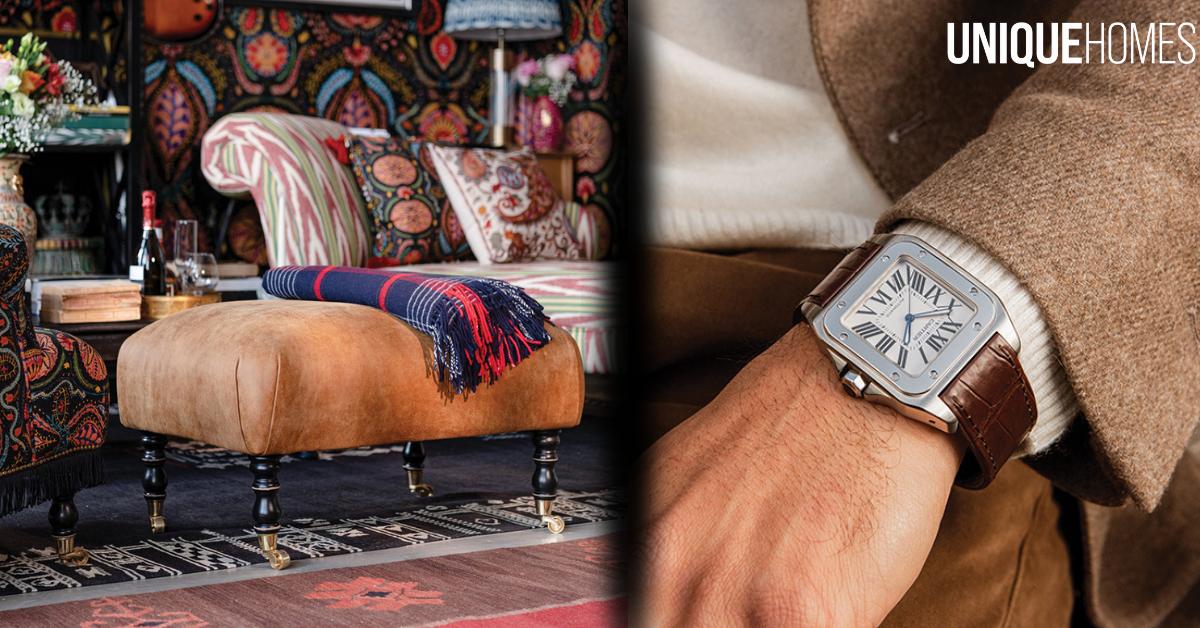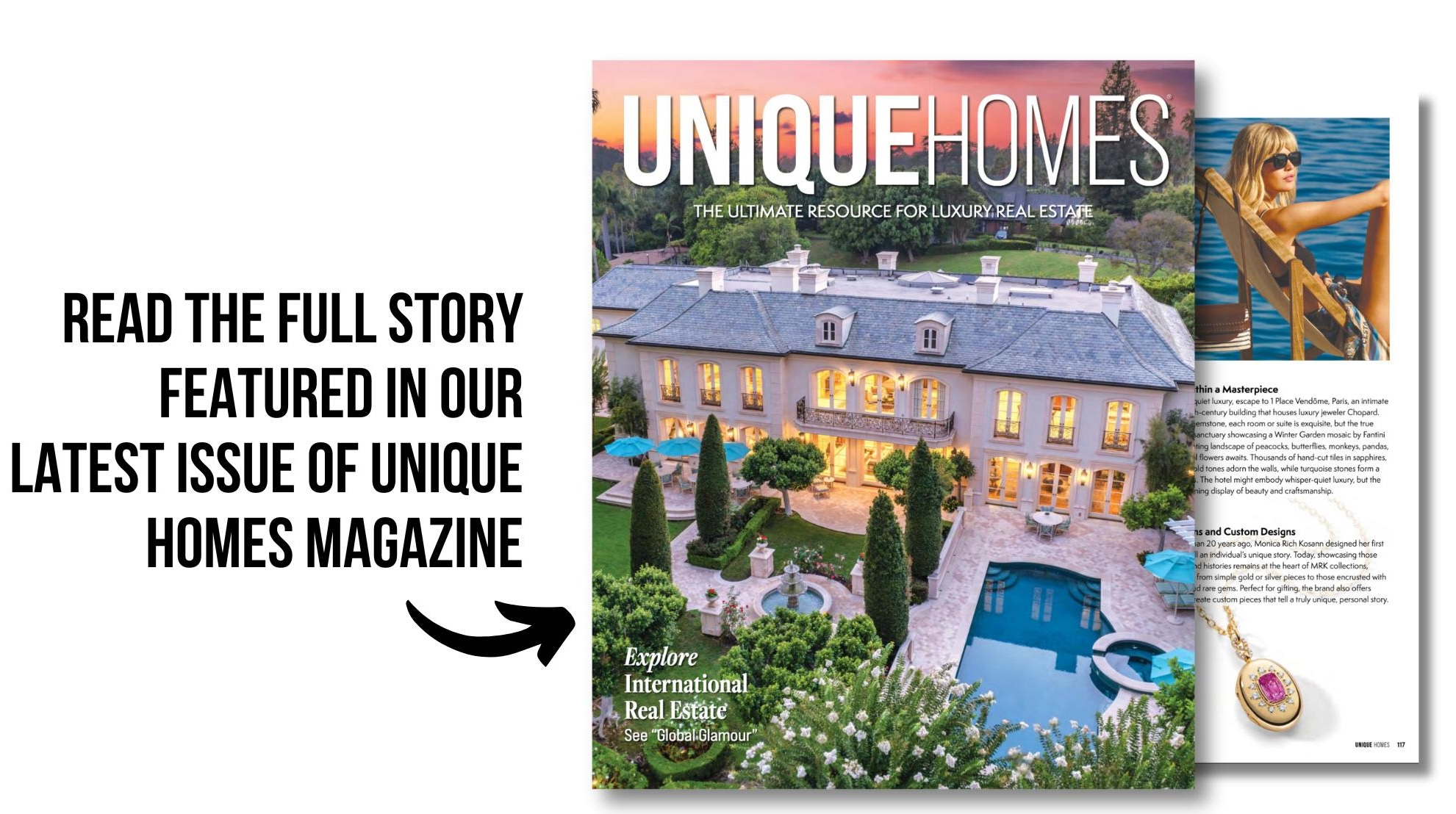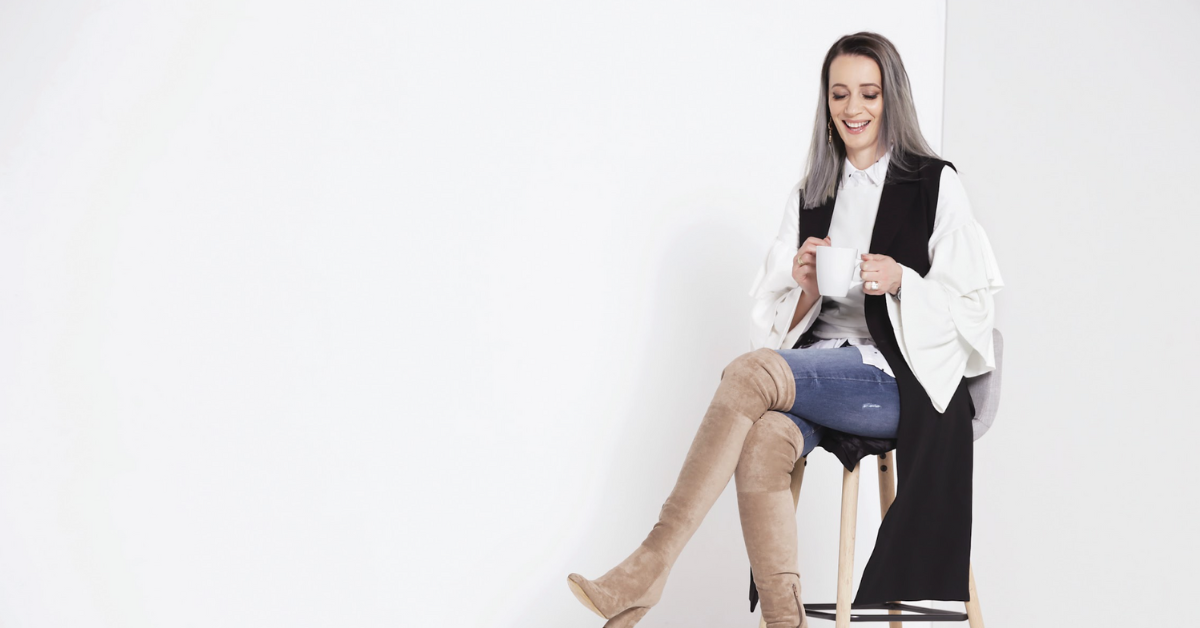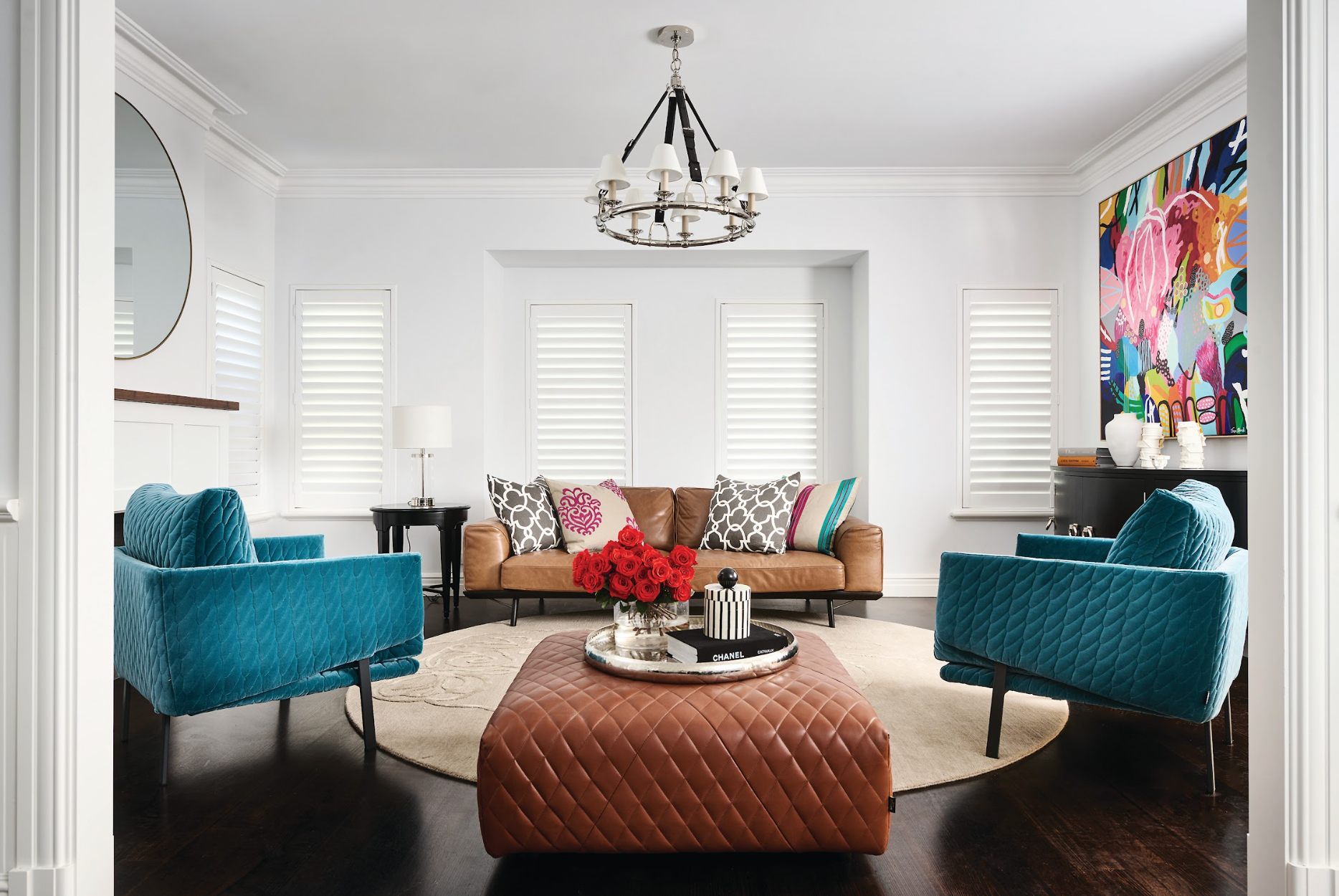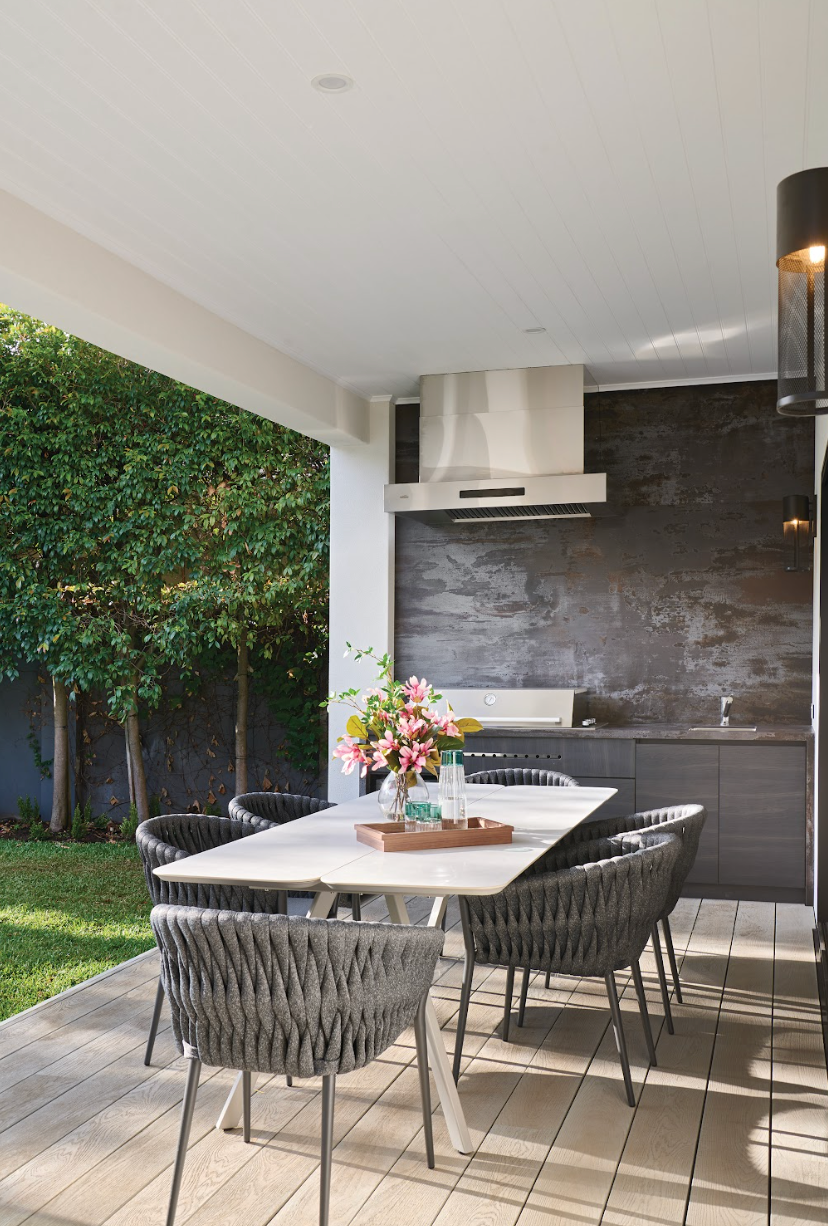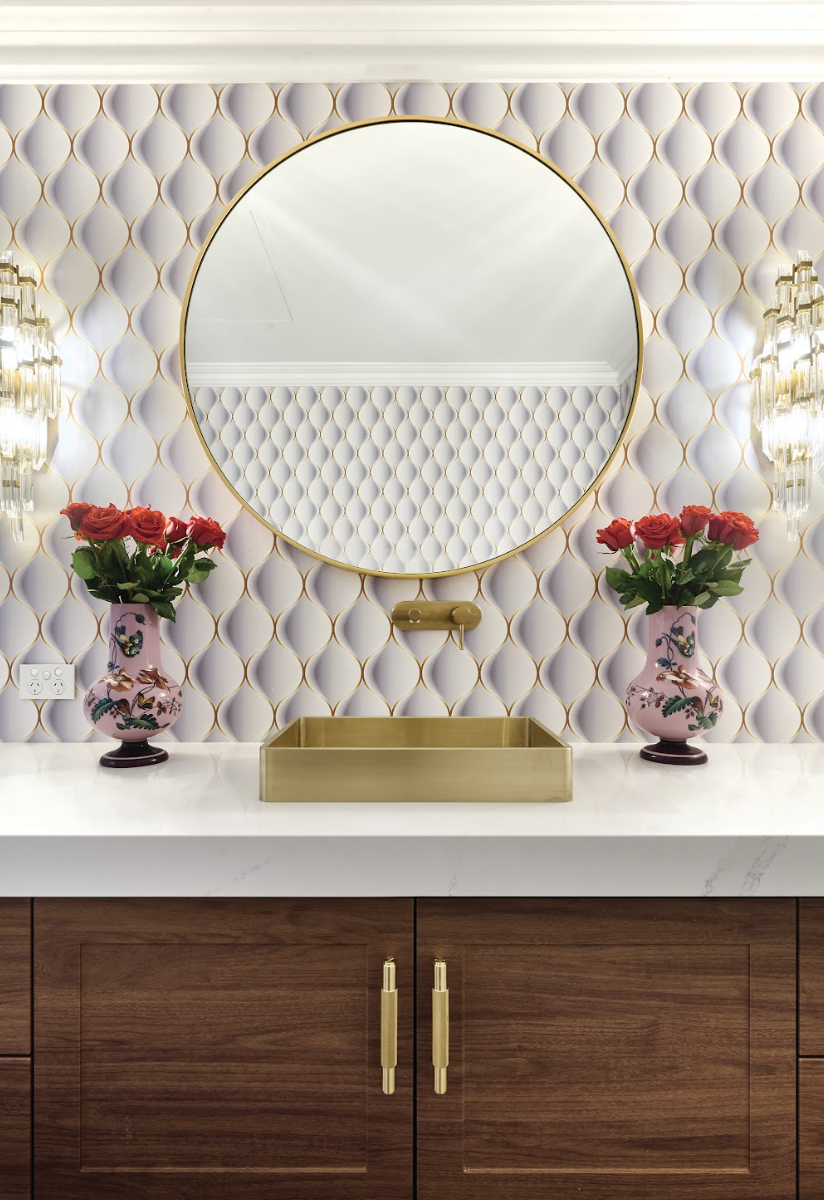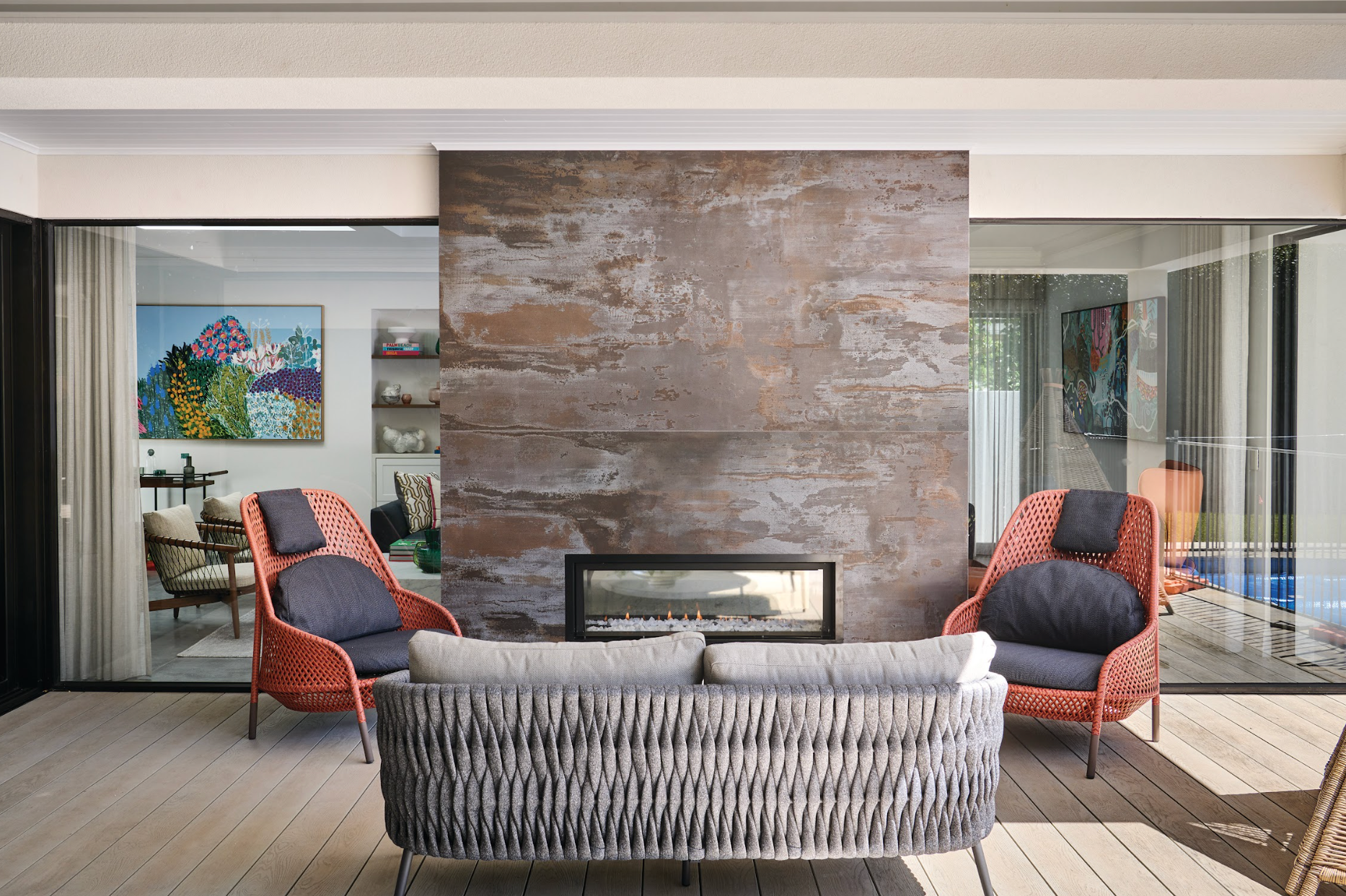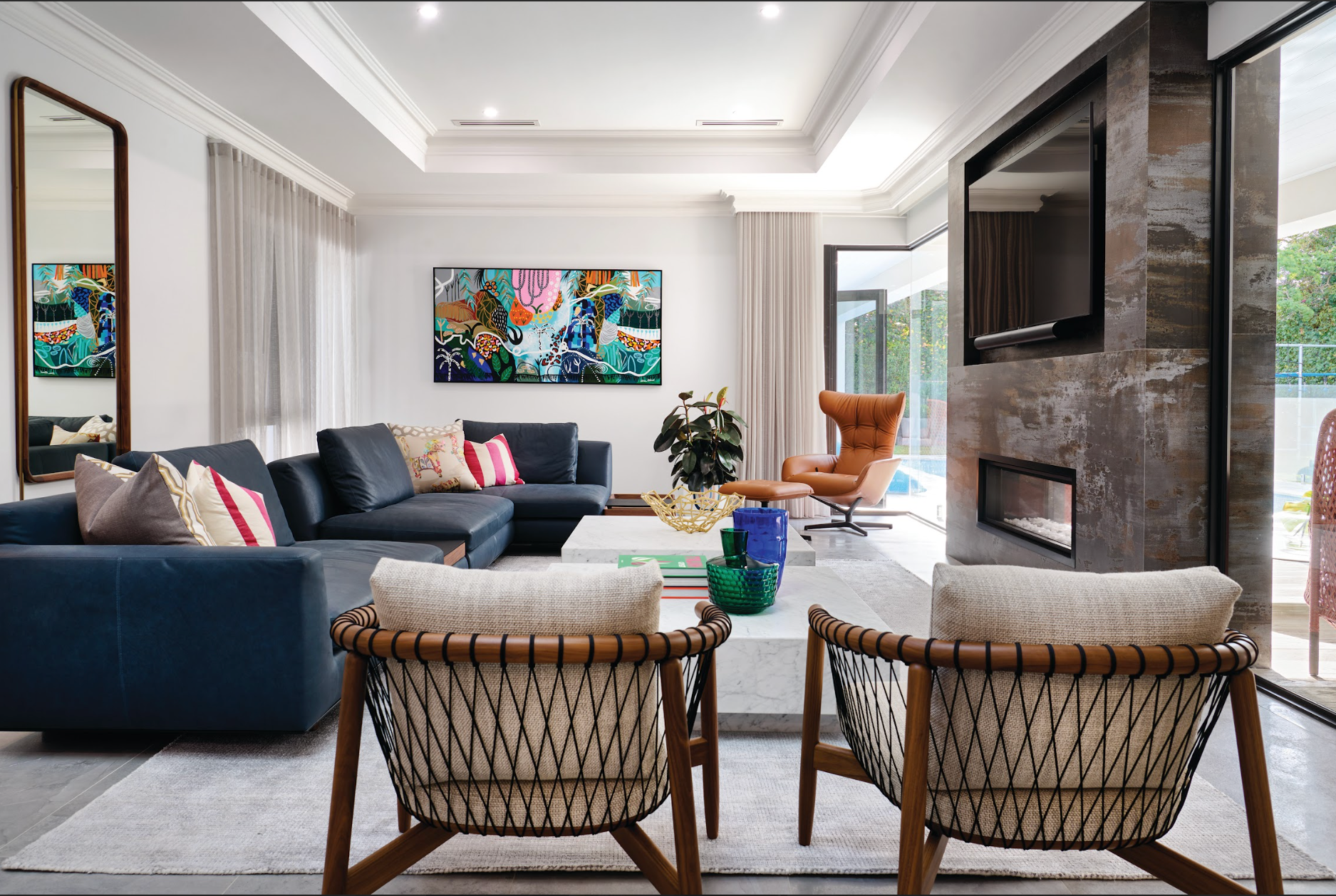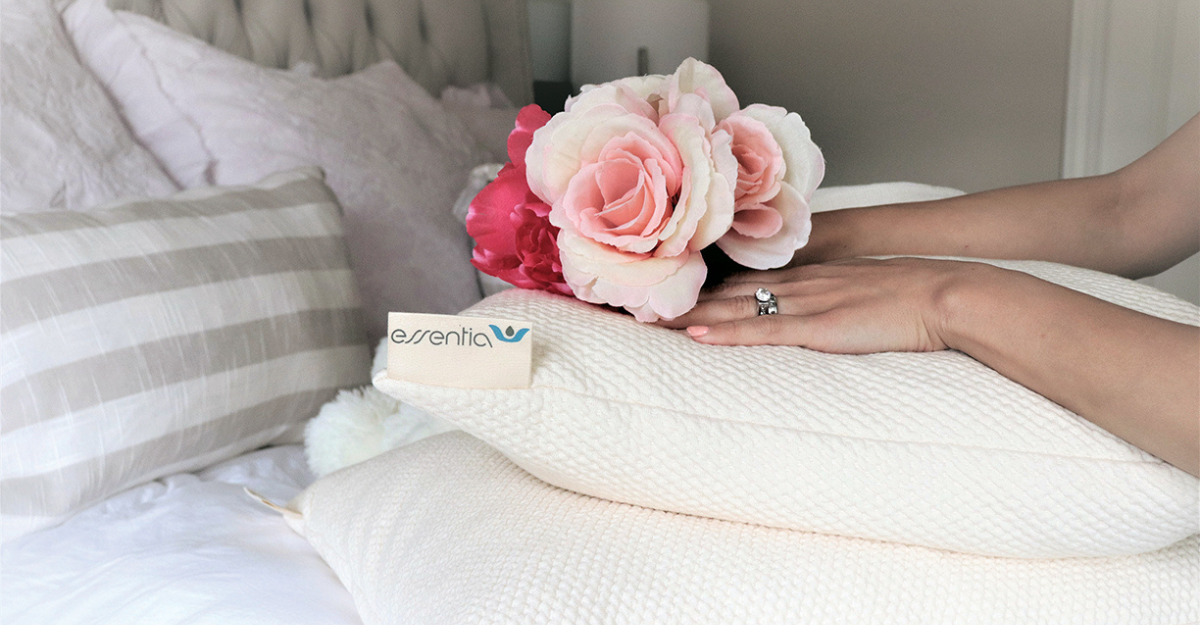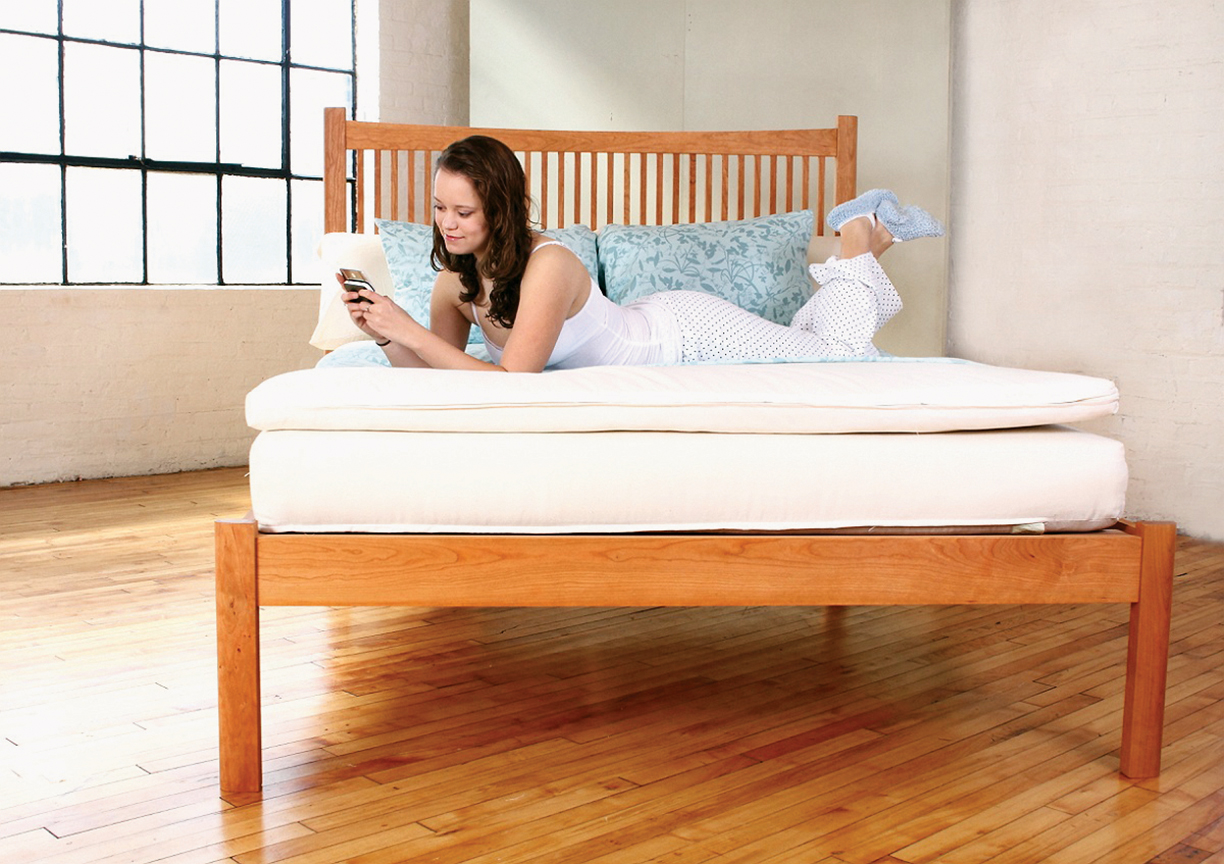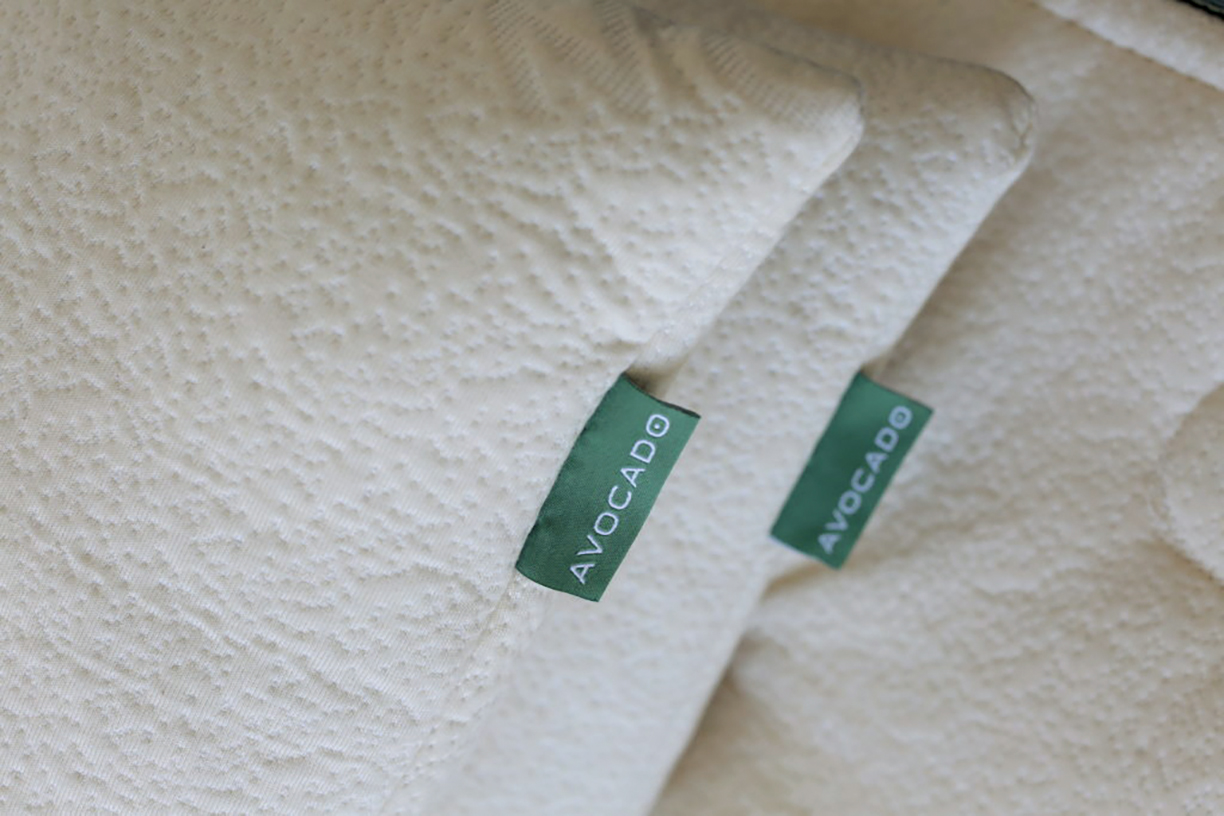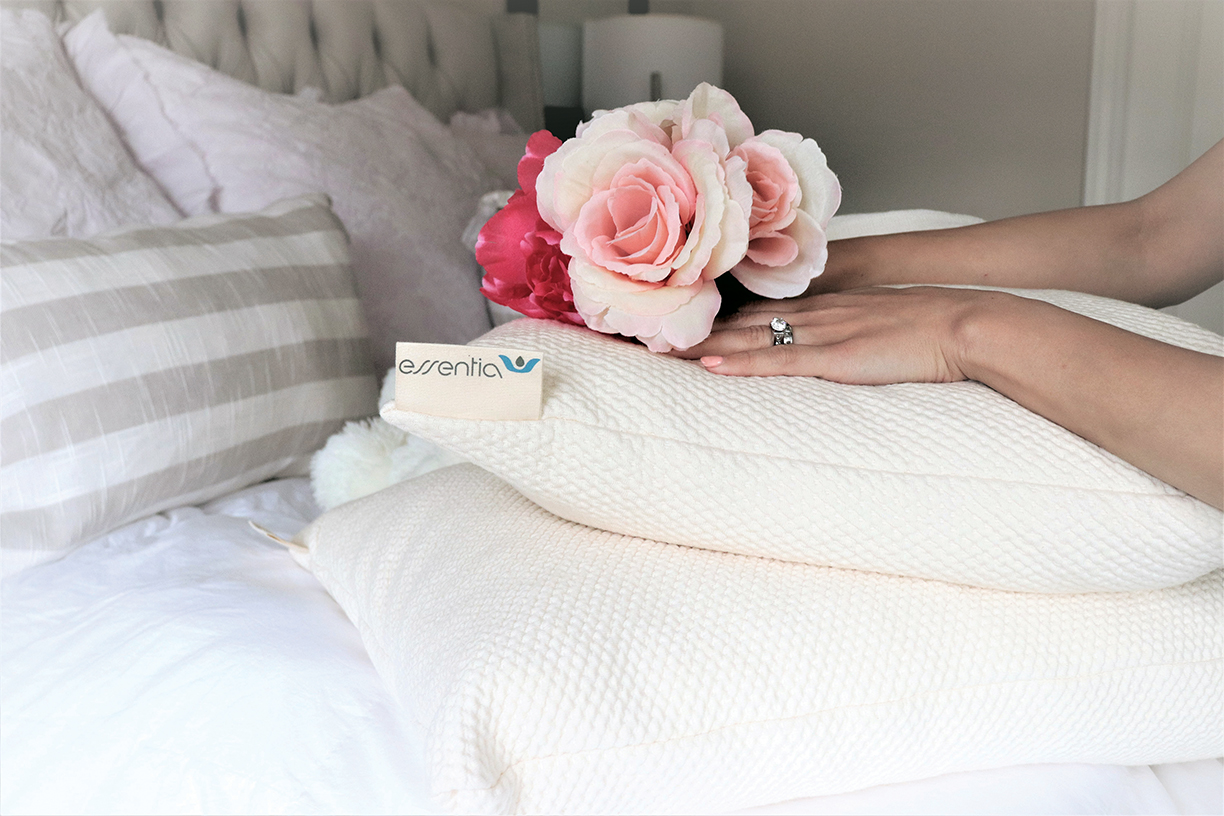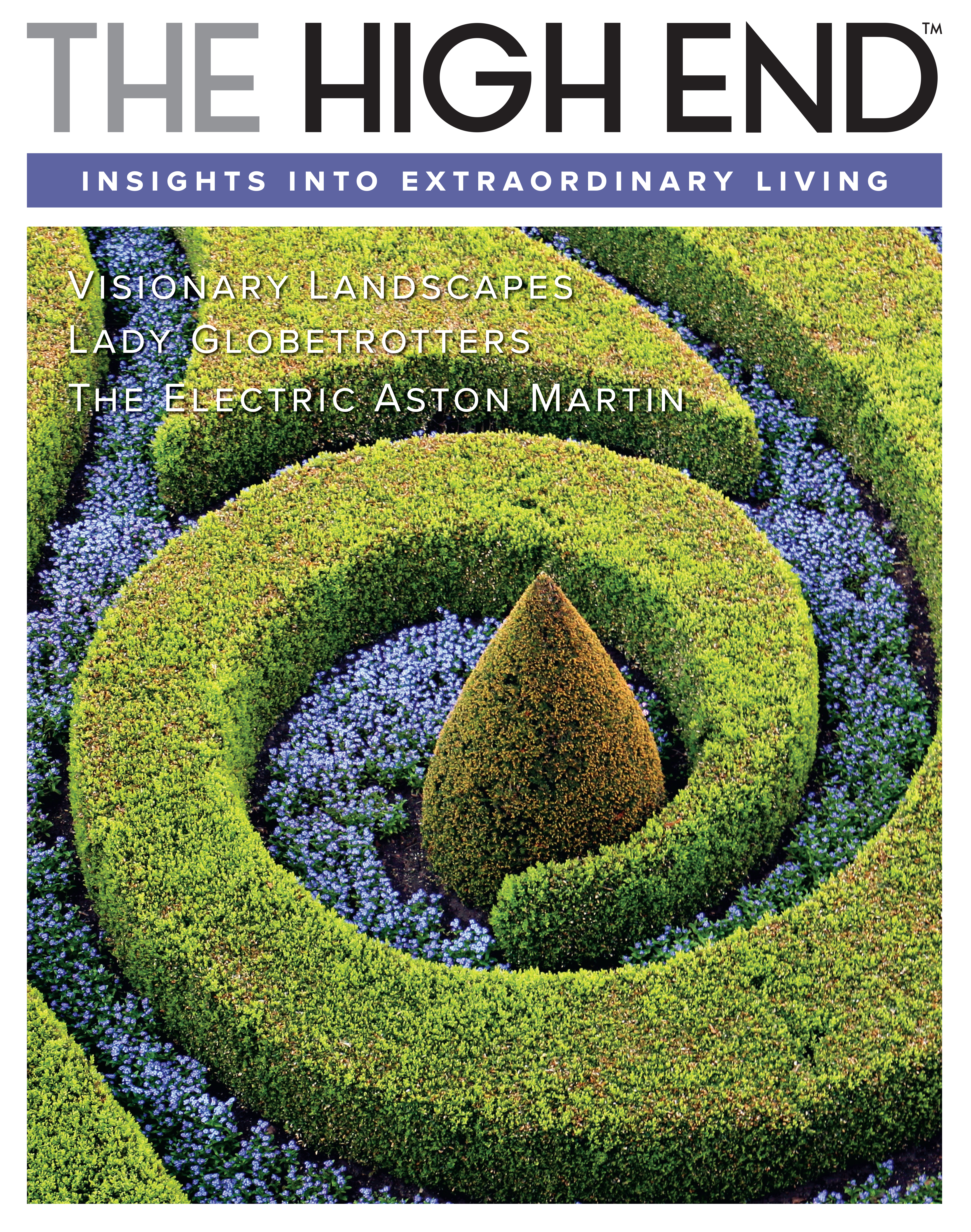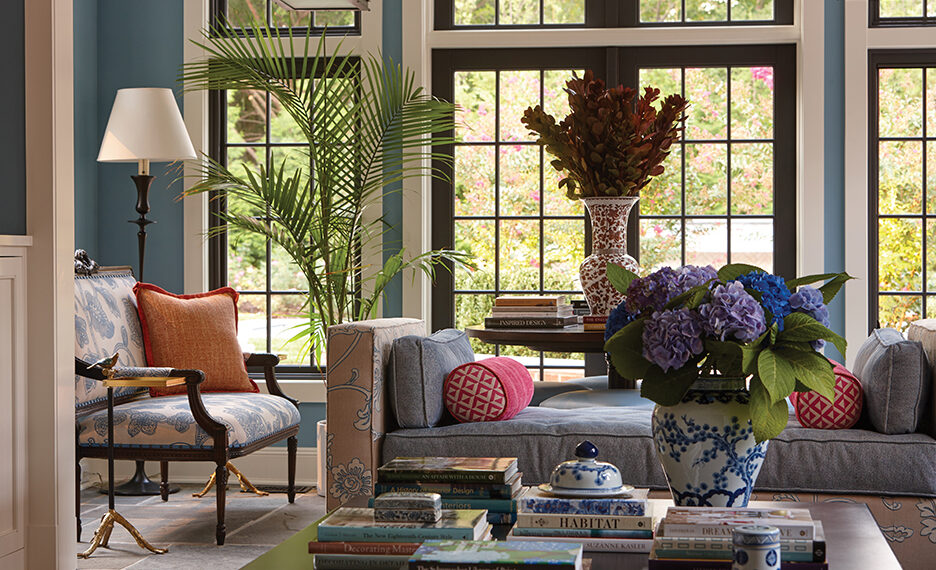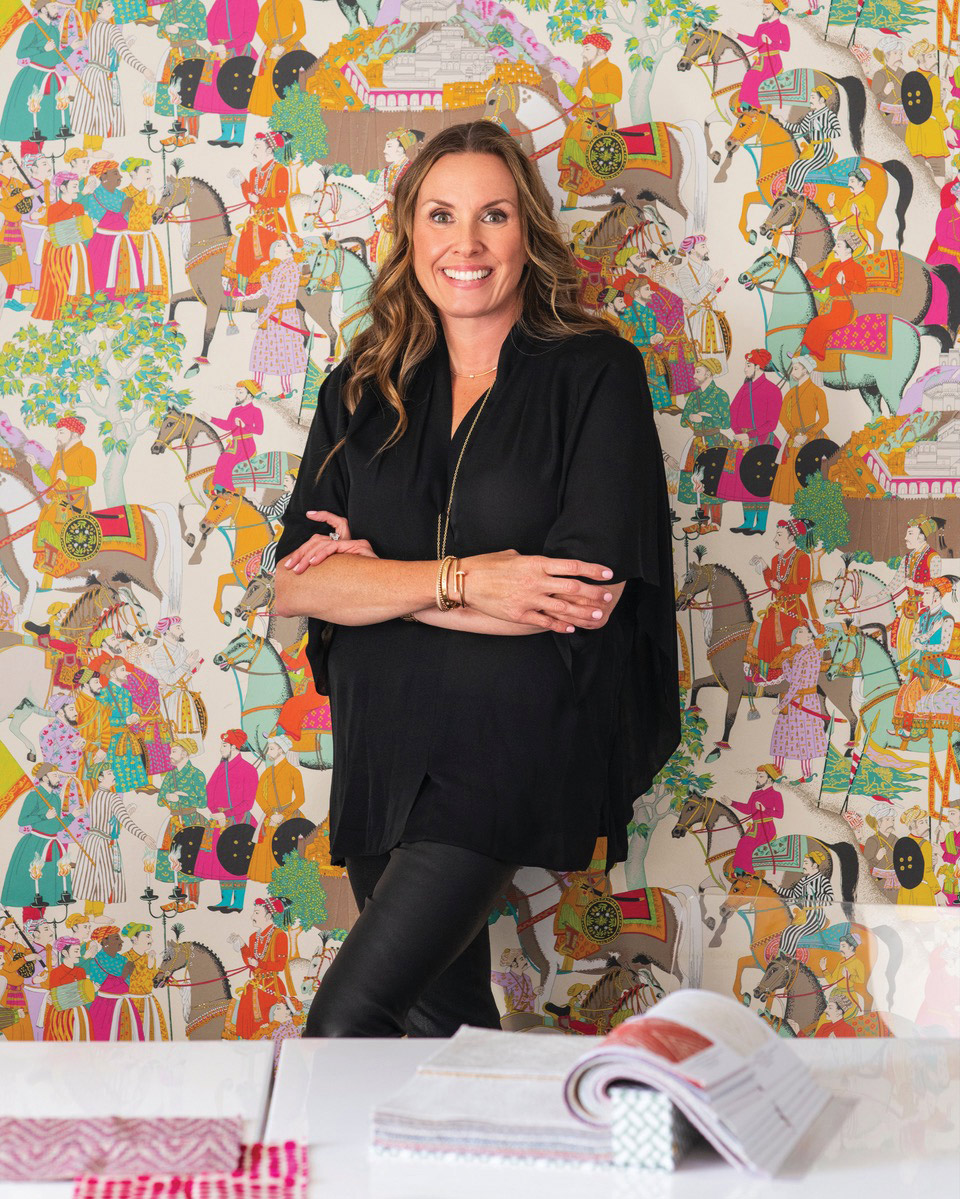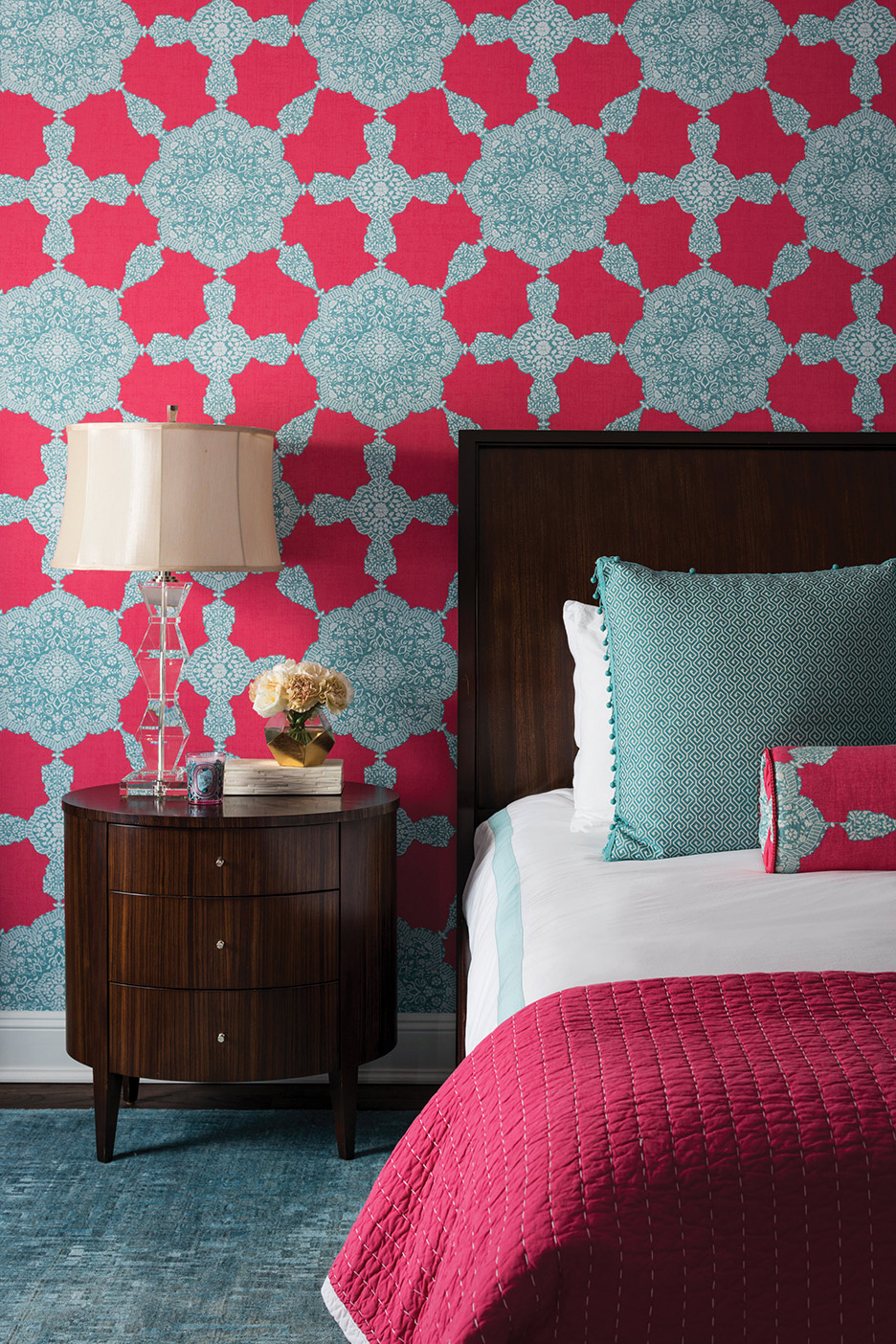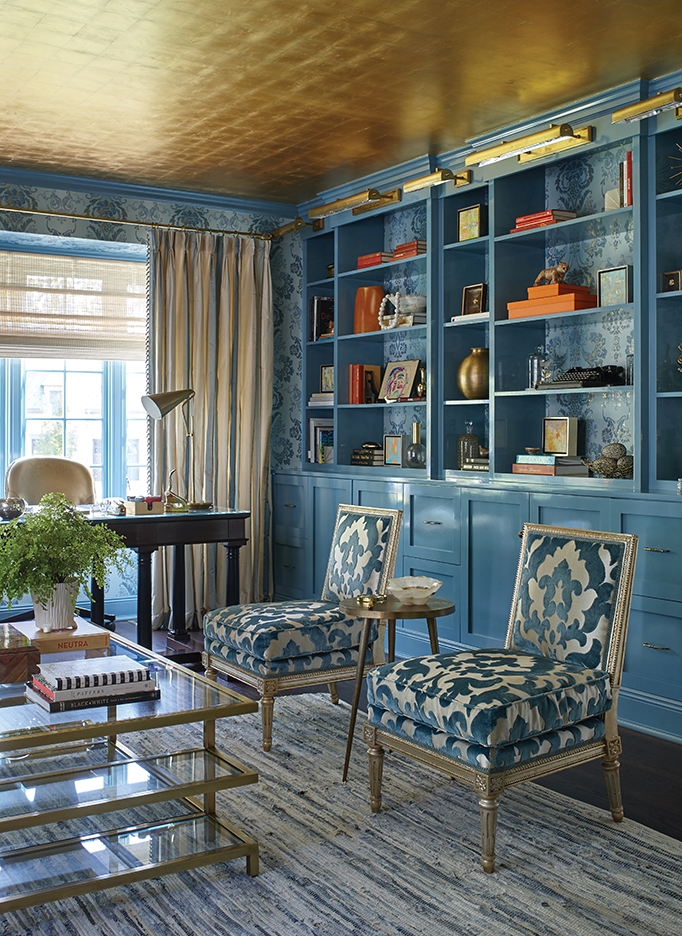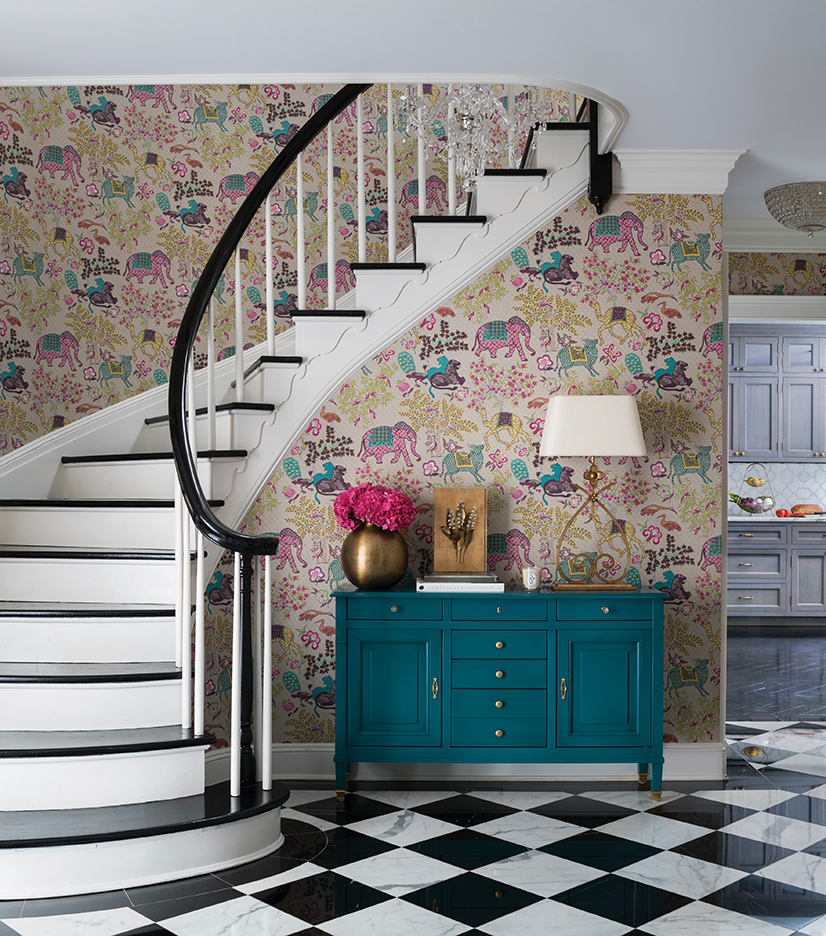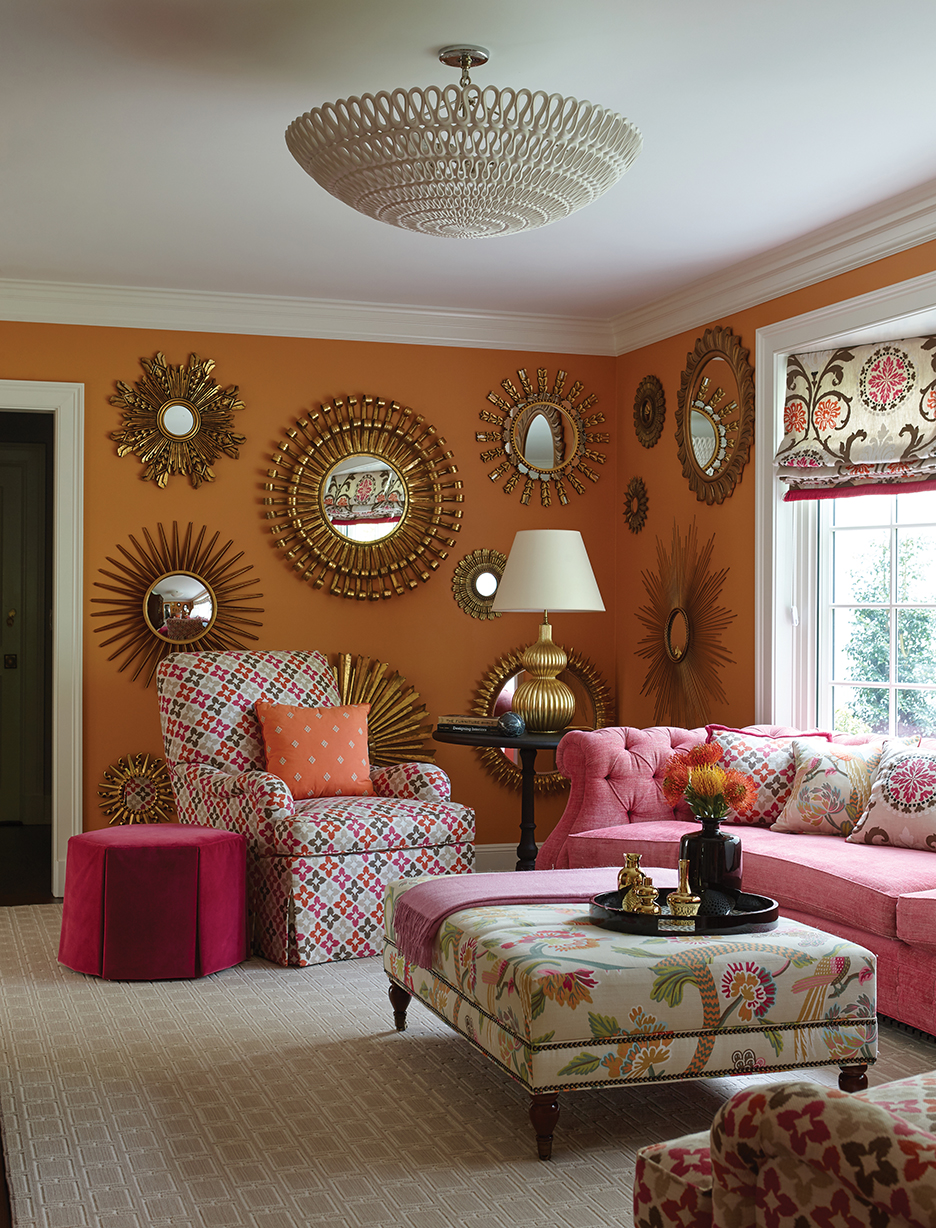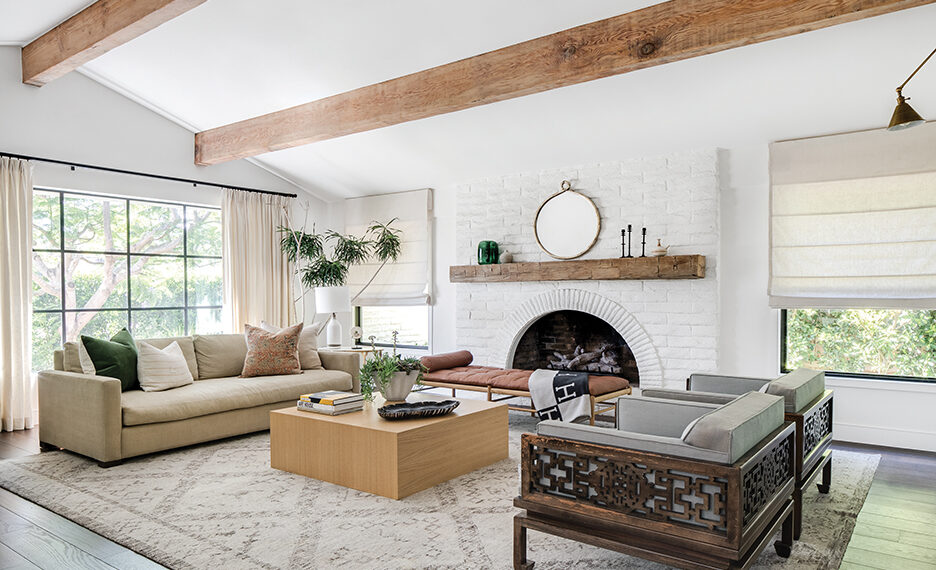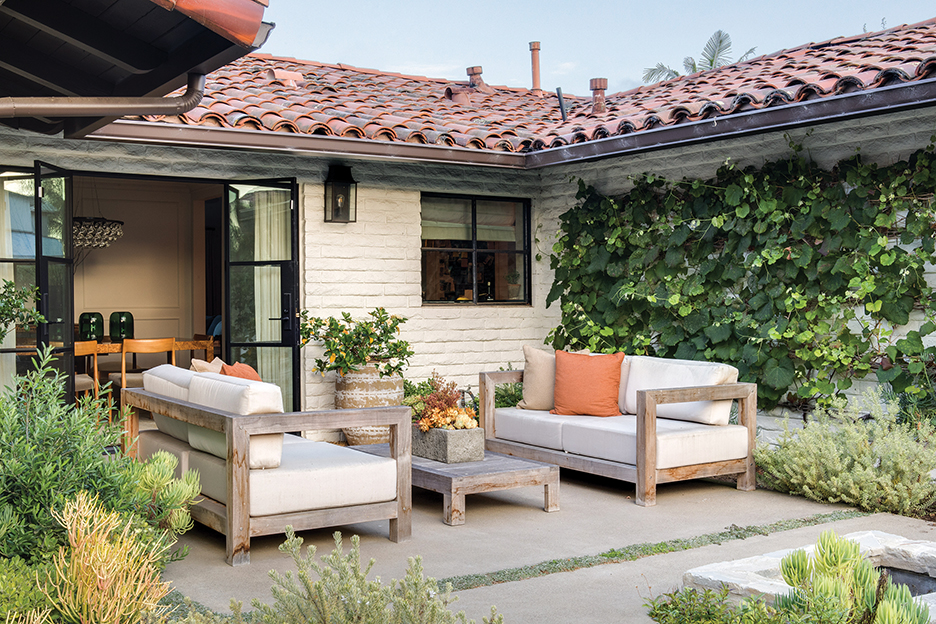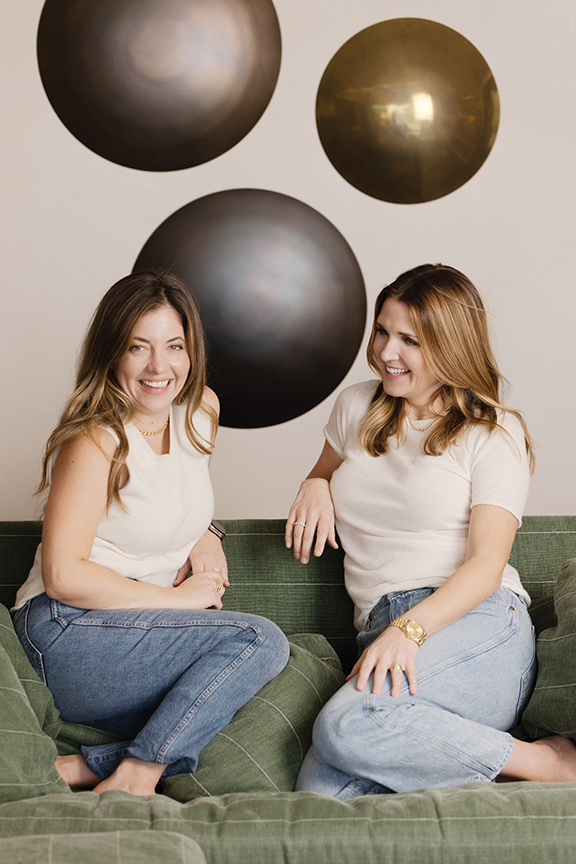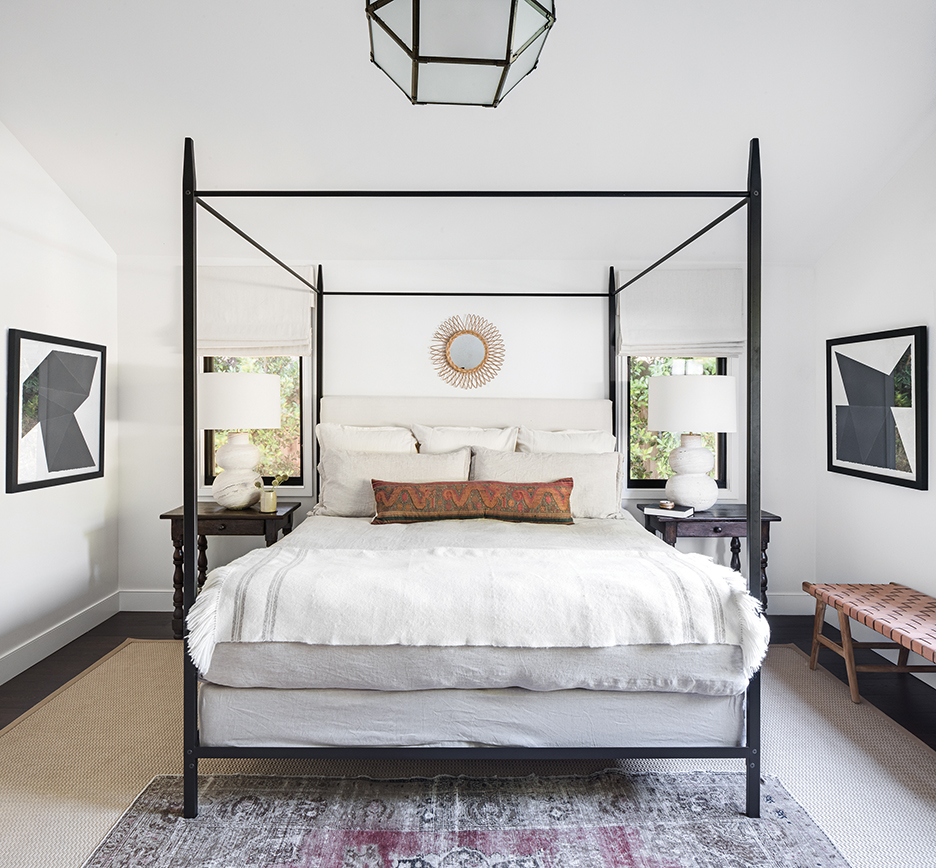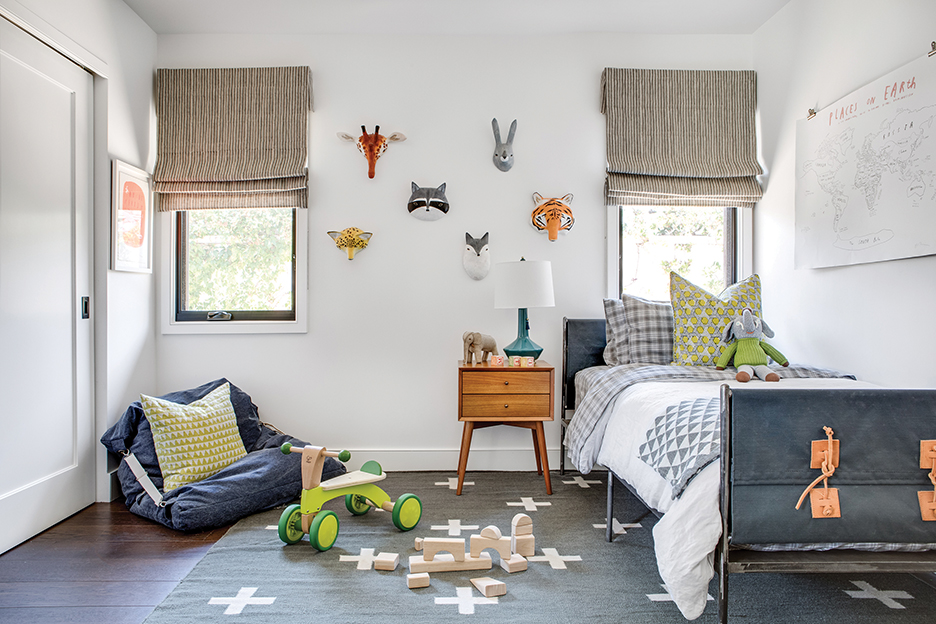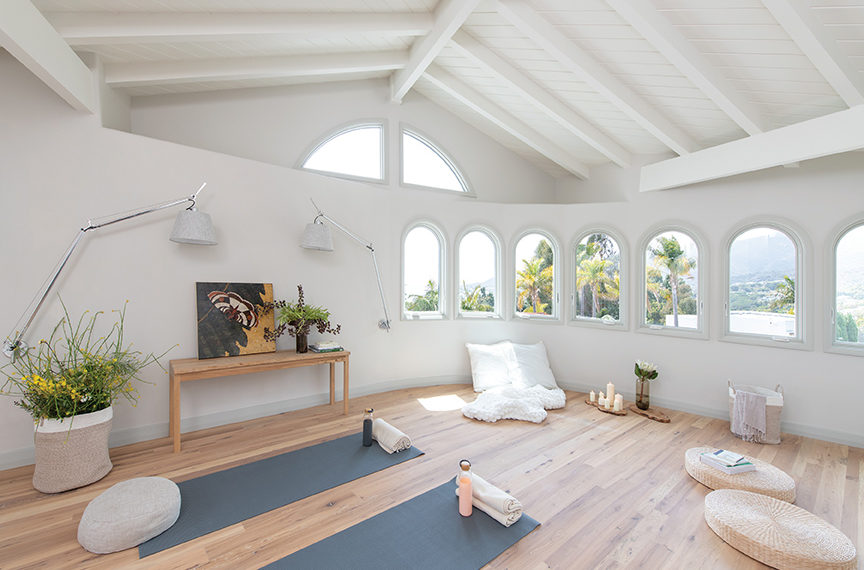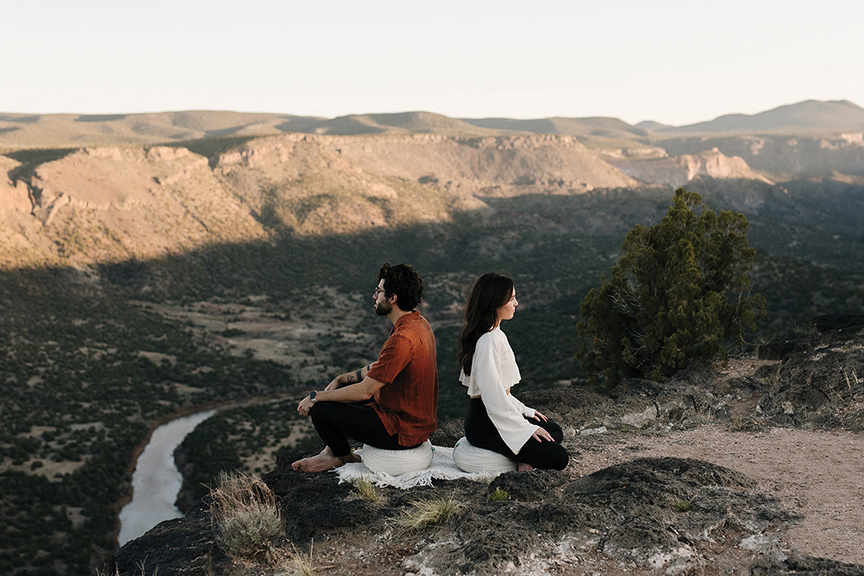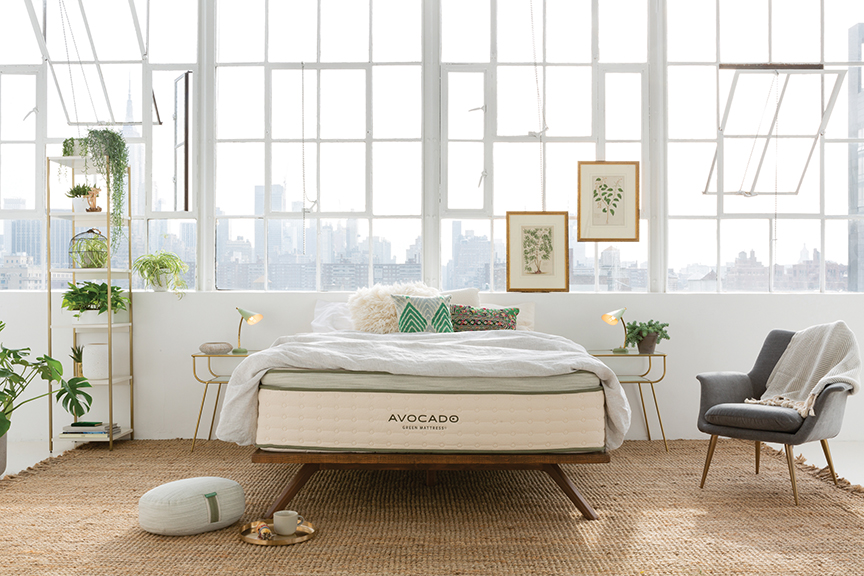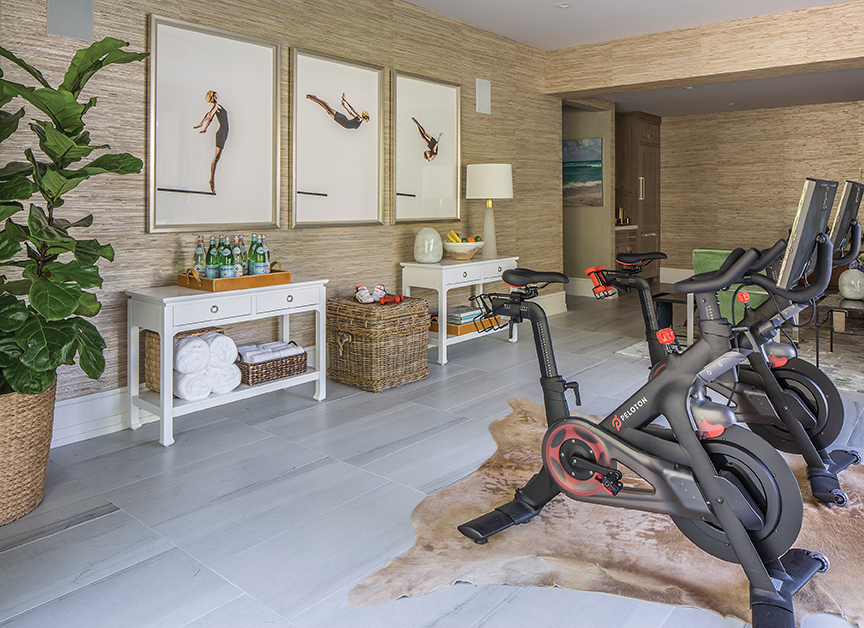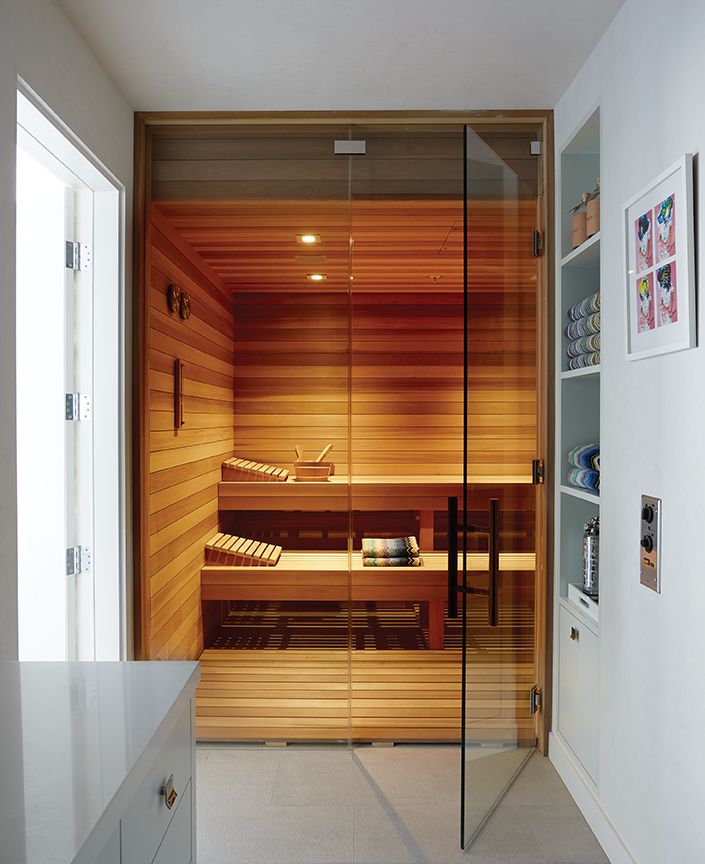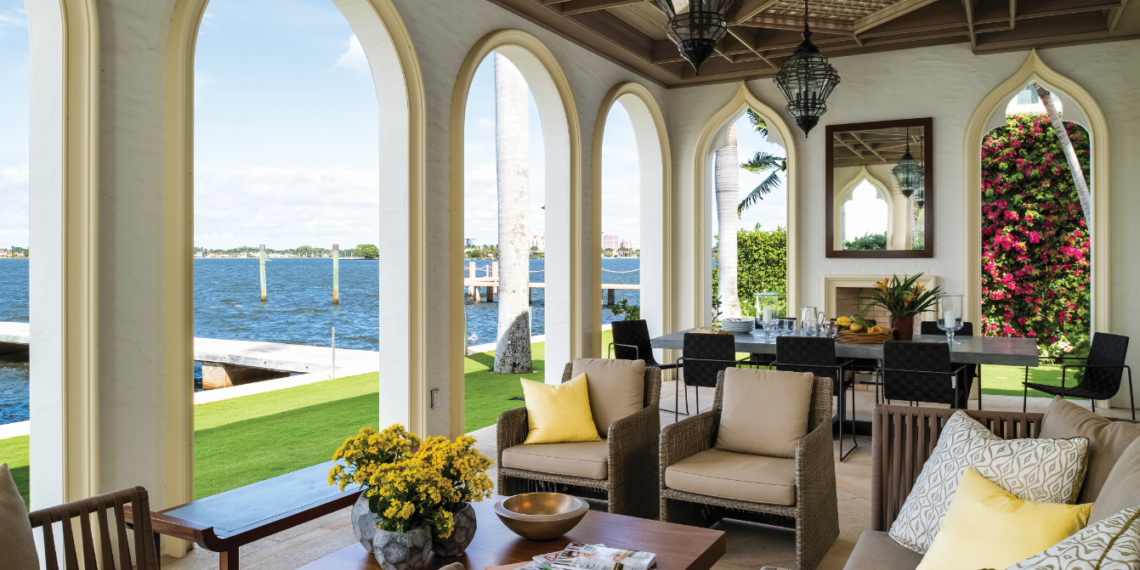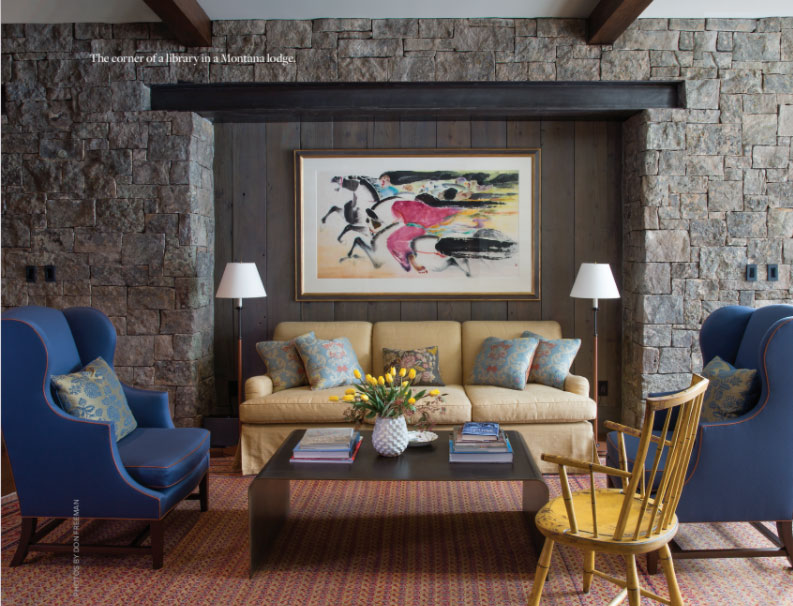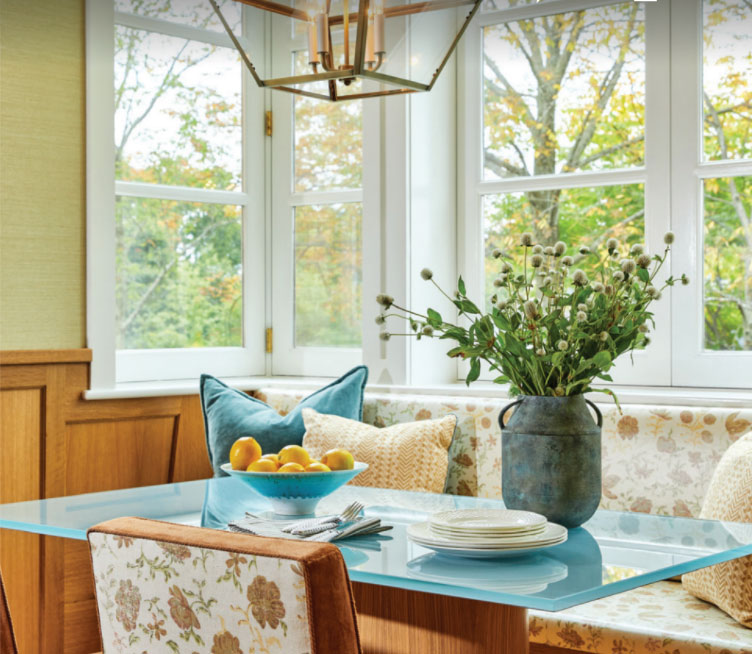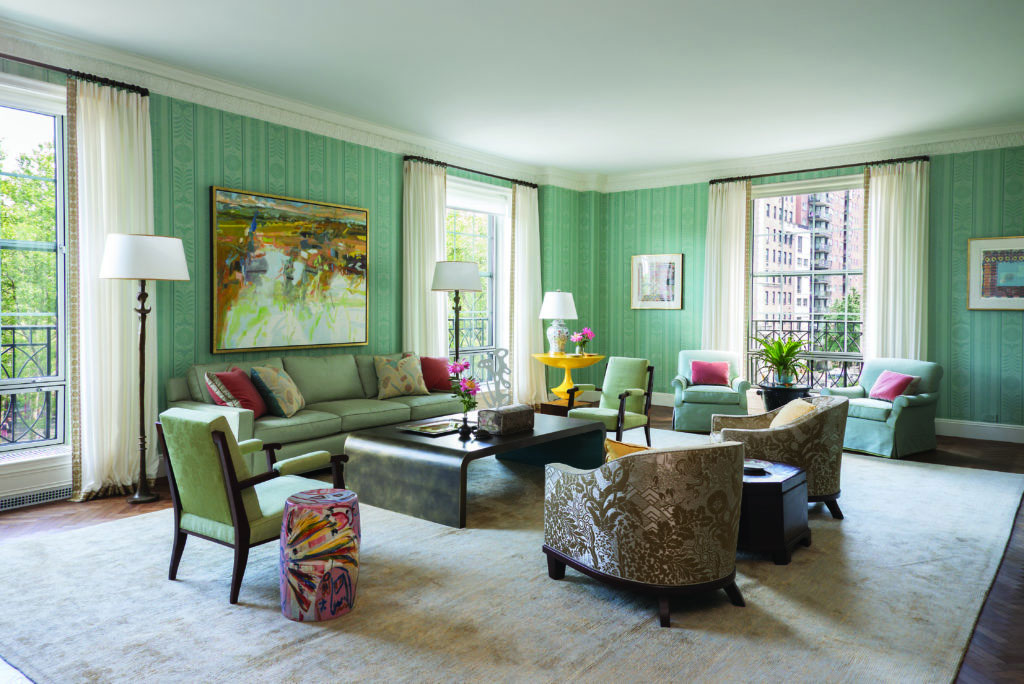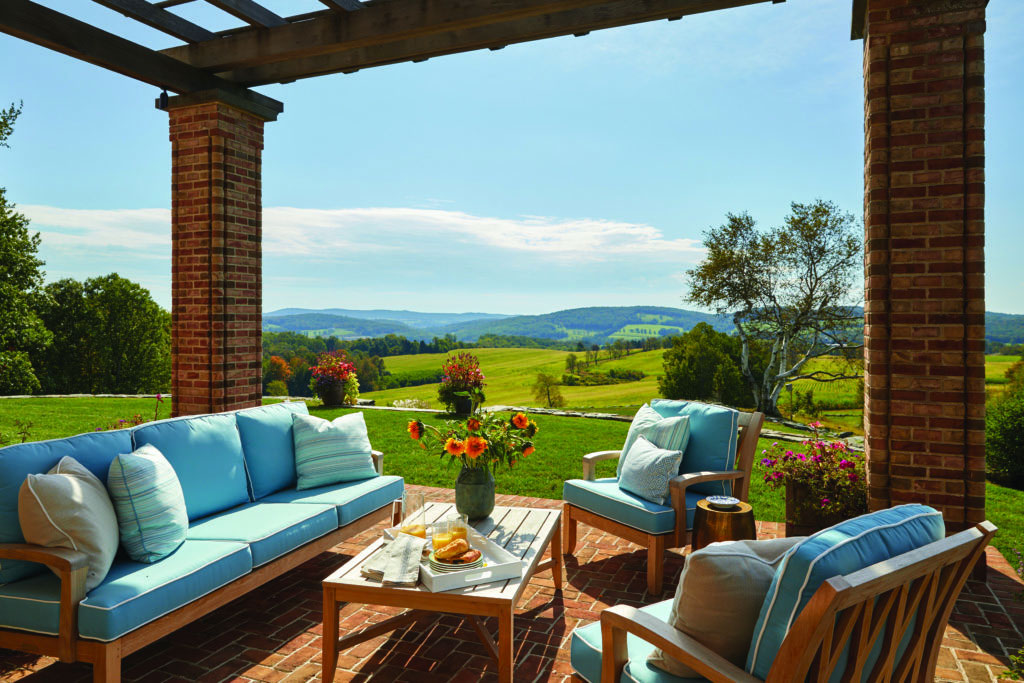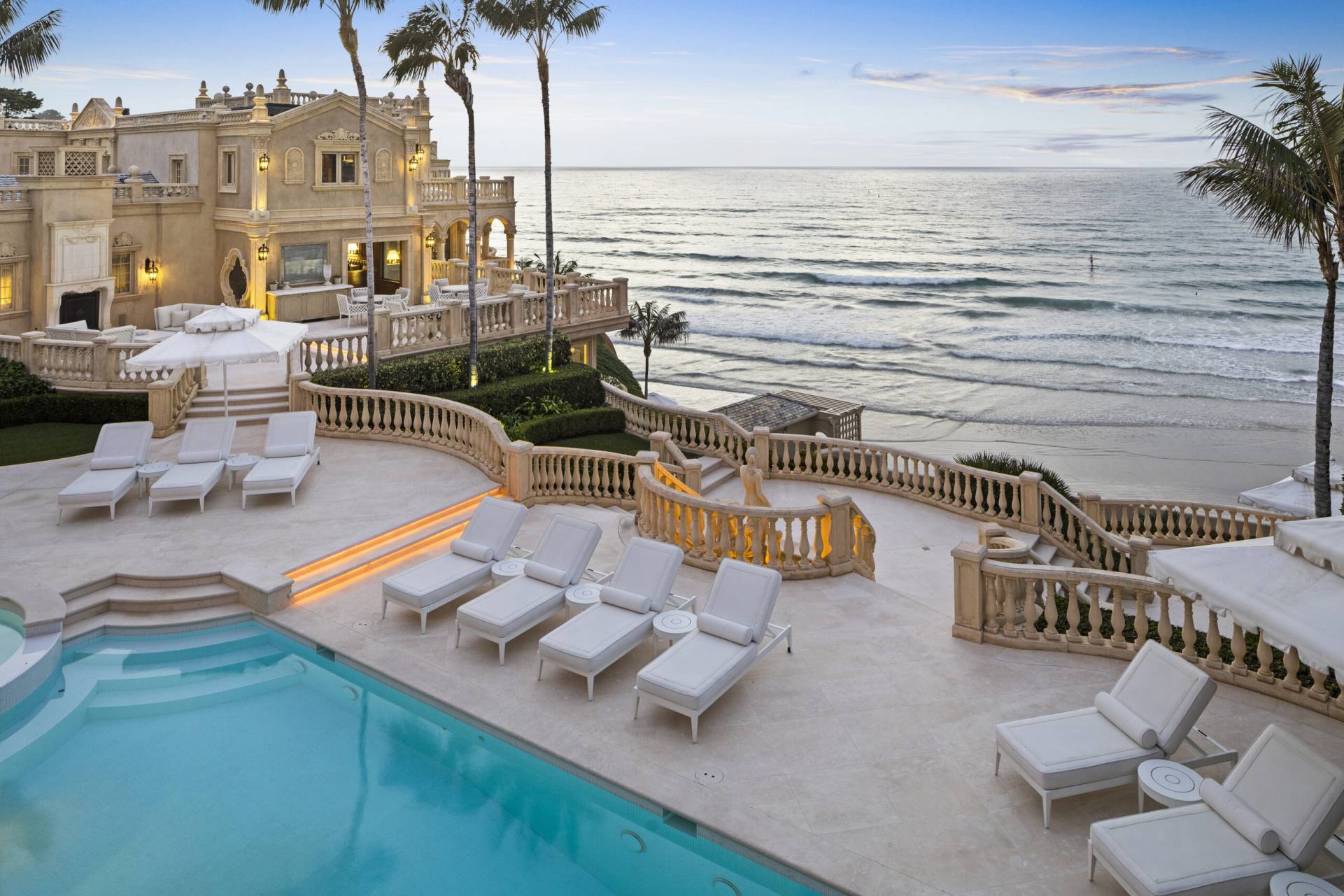Warm chestnut hues in luxury homes offer an earthy yet refined feel that is quickly gaining popularity in the realm of high-end design, interiors, and more. Overall, it provides a grounded yet exciting alternative to classic neutrals.
Pantone’s Color of the Year is Mocha Mousse. And we couldn’t agree more with the love and affinity toward warm, earthy tones. Whether featured in lavish leather accents or in fabulous fashion. Now, we’re sharing how the color chestnut can bring a sense of depth and warmth to nearly any setting around your home.
Covet House Zulu Two-Seat Sofa
First up is an exquisite two-seat sofa from Covet House boasts meticulous button tufting and is fully upholstered in a sumptuous chestnut cotton velvet. The design draws inspiration from the vibrant culture and heritage of the Zulu people – the largest ethnic group in South Africa. Comfortable yet refined, this piece is as inviting as it is stylish. Use this addition to effortlessly transform your living space into a haven of elegance.
PHOTO COURTESY OF COVET HOUSE
PHOTO COURTESY OF LIME LACE
MINDTHEGAP Hudson Stool
Next, an exceptionally versatile stool that was expertly crafted from premium brown leather. It offers a perfect blend of luxurious softness and enduring quality. The cushioned seat is supported by outturned legs, and it’s also complete with shining gold castors that evoke a charming vintage feel. Additionally, the stool can serve as comfortable seating, a footstool, or even as a small improvised coffee table. Ultimately, this makes it a fantastic addition to any gathering space.
Warm Chestnut Hues in Luxury Homes are a Must-Have in 2025
Cartier Santos 100 XL Watch
The refined Cartier Santos watch holds the esteemed distinction of being the world’s first true pilot’s watch. Impressivly, it holds a legacy of over 100 years of rich history and timeless elegance. The watch boasts a square case with Roman numerals, a textured chestnut leather band, and precious materials such as 18-karat gold. This opulent accessory is unmistakable and makes for the perfect high-end accessory that will elevate even the most understated look.
PHOTO COURTESY OF CHRONO24
PHOTO COURTESY OF LUNAR ARTEFACTS
Lunar Artefacts Pointer Instrument
Another example of warm chestnut hues, is this delicately fashioned tech accessory. It’s crafted with full-grain calf leather, equestrian-style stitching, and hand-polished solid aluminum. Additionally, this ambidextrous chestnut pointer instrument was created with longevity in mind to accommodate future repairs, component replacements, and potential software upgrades. The sleek, suave composition adds a touch of luxury to the office.
Boca do Lobo Heritage Sideboard
This stunning Boca do Lobo sideboard is described as “a small journey through Portuguese history and culture.” Covered in Azulejos, a Portuguese traditional hand-painted tile (known as the zellige), the sideboard tells stories of the country’s maritime discoveries and expansion through a stunning, intricate chestnut-colored painting. The chestnut accents incorporated into this sideboard allow it to integrate comfortably into any environment while exuding luxury, originality, and pricelessness.
PHOTO COURTESY OF BOCA DO LOBO
PHOTO COURTESY OF MINDTHEGAP
MINDTHEGAP St. Germaine Chair Cambridge Chestnut Leather
Chestnut leather upholstery is increasingly popular for a reason, and this chic French-style armchair exemplifies why. It boasts an overstuffed, tufted backrest and arms, providing the utmost comfort and an abundance of character and charm. The stylish chair is also finished with vintage brushed wood-turned legs and black metallic castors.


